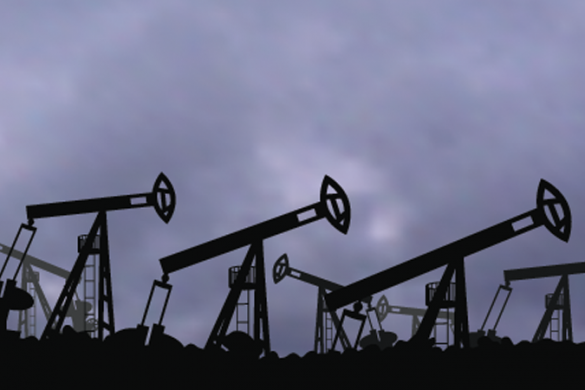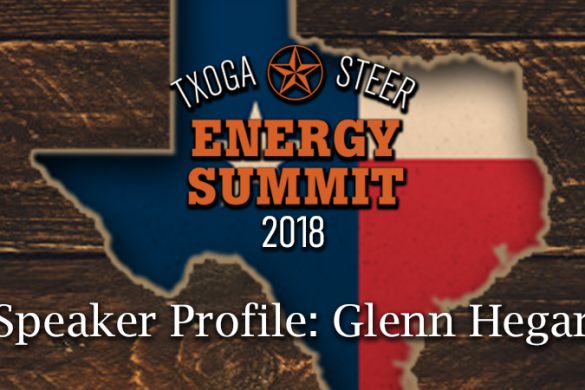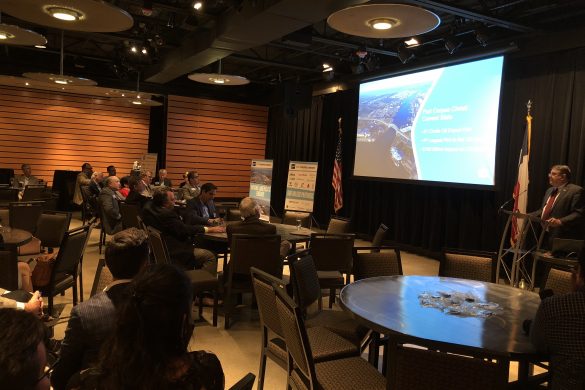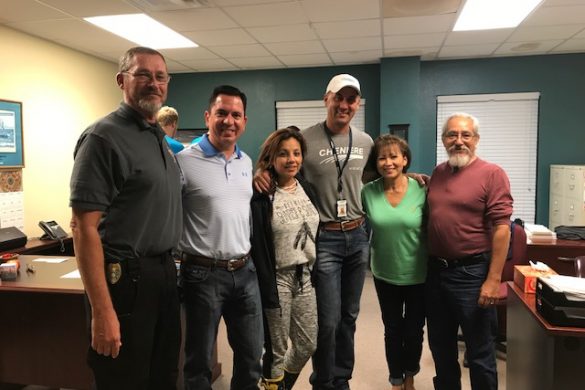Today, ExxonMobil and SABIC are in the process of a TCEQ public meeting and comment period that is designed to inform the public about the plant’s emissions and provide the public a chance to comment on the commission’s draft permit. When the comment period concludes, the TCEQ will respond to comments received and revise the permit, as deemed necessary.
This is a unique opportunity to learn about the efforts made by the companies for the environmentally responsible production of plastic products.
ExxonMobil and SABIC have both been recognized for superior environmental, health, safety and security performance. ExxonMobil and SABIC are certified Responsible Care® companies of the American Chemistry Council. Responsible Care® is the chemical industry’s world-class environmental, health, safety and security initiative.
The companies have provided the following information to be shared with the community:
Flares
· Flares are safety devices designed to safely consume excess hydrocarbons in a controlled, efficient manner. We expect that flaring would rarely occur at the site.
· We will have programs in place to maintain operations integrity, thus reducing downtime and upsets that could result in flaring.
· We are minimizing the plant’s need to flare by using a recovery system that enables us to send excess gas to plant boilers for use as a fuel instead of routing it to a flare. This will reduce volatile organic compounds emissions. (Note: This doesn’t eliminate the need to flare, but minimizes the plant’s need to flare.)
Greenhouse gas emissions
· The plant’s furnaces and boiler will be fueled by methane and hydrogen, which result in low emissions. This is a large plant that will require a great deal of heat, which is one reason why we have chosen the cleanest fuels.
· The plant will receive a permit that ensures best practices are used to minimize greenhouse gas emissions to the extent possible.
Volatile organic compounds
· The volatile organic compounds limits in our permit would include daily operations and infrequent turnarounds (startup and shutdown), and are based on the application of best available control technology.
· The daily operations level would actually be much lower, but the company must include a larger estimate that represents infrequent operations, such as flaring, in our overall permit.
· Ethylene would likely be the most prominent volatile organic compound, along with potentially small amounts of benzene and butadiene.
Particulate matter
· Particulate Matter 10 includes items such as dust and pollen. Particulate Matter 2.5 includes items such as combustion particles from outdoor grills, home heaters, fire places, and vehicles.
· Particulate matter is regulated under the National Ambient Air Quality Standards (NAAQS) and is monitored by the Environmental Protection Agency to protect human health.
· As outlined in the TCEQ draft permit, best available control technology will help minimize particulate matter emissions and ensure the plant conforms to the NAAQS.
· Sources of particulate matter from a chemical plant include the cooling tower, combustion in the furnaces and boilers.
Sulfur dioxide
· This plant will not be a major source of sulfur dioxide.
· We have analyzed potential offsite impacts and have added best available control technology to avoid adverse impacts on human health and meet the National Ambient Air Quality Standard levels.
Air Monitors
· The plant will have air quality monitors inside our fence line.
· In addition, the project committed to providing additional monitors in the community. Currently there is only 1 TCEQ linked air monitor in San Patricio County. The project team is evaluating proposals from universities and other monitoring entities to fulfill our commitment. Additional monitors for the county is something that everyone can agree on.
Finally, if you’ll recall, we’ve given the numbers before. However, we feel it’s important to once again share the great economic benefit the ExxonMobil and SABIC Gulf Coast Growth Ventures project in the Portland/Gregory, Texas area.
The economic benefits of this project include:
- 6,000 construction jobs
- 600+ new, permanent operations jobs
- $90,000 average annual salary
- $22 billion in economic gains for the state during construction
- $50+ billion in economic gains for the state during the first 6 years of operations
- 3,500+ indirect and induced jobs in the state
- $250 million in state and local taxes during the first 5 years of operations
Be sure to subscribe to our free weekly newsletter to keep up with the oil and gas industry here in Texas. Please take a moment to follow us on Facebook and Twitter for daily updates.









